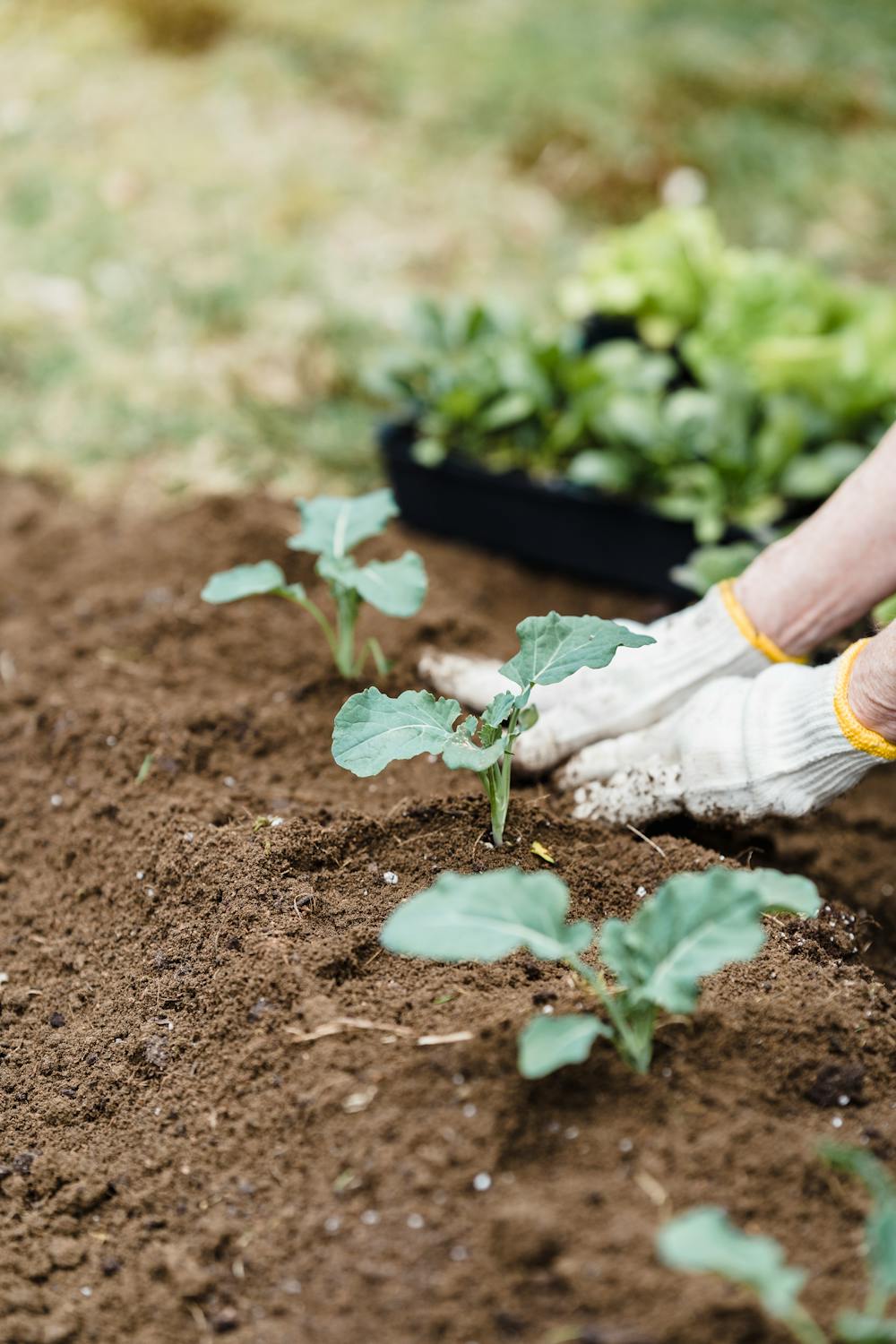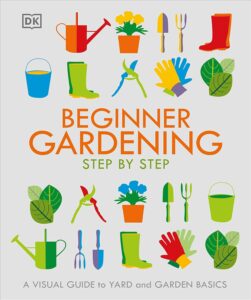
Maximizing Sunlight: Designing an Efficient Vegetable Garden Layout
One of the fundamental factors influencing the success of a vegetable garden is sunlight. Adequate sunlight is crucial for the photosynthesis process, which enables plants to produce energy for growth and fruit production. In gardening, maximizing sunlight exposure can significantly enhance plant health, yield, and overall garden productivity. This essay delves into the principles of designing a vegetable garden layout that optimally utilizes available sunlight, offering insights into planning, orientation, spacing, and companion planting to create a thriving and efficient garden.
Understanding Sunlight:

Before delving into garden layout design, it’s essential to understand how sunlight interacts with the garden space. Sunlight intensity and duration vary throughout the day and across different seasons, influenced by factors such as geographic location, time of year, and surrounding structures or trees that cast shadows. Ideally, vegetable plants require a minimum of six to eight hours of direct sunlight daily for optimal growth and productivity.
Planning the Garden Layout:
When planning a vegetable garden layout, consider the orientation and placement of garden beds or rows to maximize sunlight exposure. In regions with a predominantly sunny climate, orienting the garden beds north to south allows for even distribution of sunlight across the garden throughout the day. This orientation minimizes shading between rows and ensures that plants receive sunlight from morning to evening.
Utilizing Vertical Space:
In addition to horizontal garden beds, incorporating vertical gardening techniques can further optimize sunlight utilization. Vertical structures such as trellises, arbors, or A-frame supports provide opportunities to grow vining crops vertically, allowing them to receive ample sunlight while minimizing space constraints. Crops like tomatoes, cucumbers, beans, and peas thrive when trained to grow vertically, making efficient use of sunlight and maximizing yield per square foot of garden space.
Companion Planting Strategies:
Companion planting involves strategically grouping compatible plant species to enhance growth, deter pests, and improve overall garden health. When designing a vegetable garden layout for maximum sunlight utilization, consider companion planting combinations that complement each other’s sunlight requirements and growth habits. For instance, tall sun-loving crops like corn or tomatoes can provide shade for shorter, heat-sensitive plants like lettuce or spinach during the hottest part of the day, while still allowing sufficient sunlight penetration for all plants.
Spacing and Plant Placement:
Proper spacing between plants is crucial to prevent overcrowding, facilitate airflow, and ensure adequate sunlight exposure for each plant. Follow spacing recommendations based on the specific requirements of each vegetable crop, considering factors such as mature plant size, root spread, and light requirements. Avoid planting tall or bushy crops in positions where they might shade out neighboring plants, and stagger planting times to prevent excessive shading as plants mature.
Succession Planting and Crop Rotation:
Implementing succession planting and crop rotation practices can further optimize sunlight utilization and overall garden productivity. Succession planting involves planting new crops as soon as previous ones are harvested, ensuring continuous harvests throughout the growing season and maximizing sunlight utilization. Crop rotation involves rotating plant families or types each year to minimize soil depletion and disease buildup, allowing different crops to benefit from varying sunlight conditions and nutrient availability.
Microclimates and Sunlight Variations:
Even within the same garden space, microclimates may exist due to factors such as topography, soil composition, or proximity to structures. Monitor sunlight patterns throughout the garden to identify areas of full sun, partial shade, or dappled sunlight, and select plant varieties accordingly. Shade-tolerant crops like leafy greens or herbs can thrive in partially shaded areas, while sun-loving crops like tomatoes or peppers should be prioritized for full-sun locations.
Conclusion:
Designing a vegetable garden layout that maximizes sunlight utilization requires careful planning, consideration of plant requirements, and strategic placement of garden elements. By orienting garden beds for optimal sunlight exposure, incorporating vertical gardening techniques, implementing companion planting strategies, and spacing plants appropriately, gardeners can create a thriving and productive vegetable garden. Additionally, succession planting, crop rotation, and awareness of microclimates further enhance sunlight utilization and contribute to the overall success of the garden. With thoughtful design and management, a sunlight-efficient vegetable garden can yield bountiful harvests and provide abundant fresh produce for enjoyment throughout the growing season.
Thank you for reading “Maximizing Sunlight: Designing an Efficient Vegetable Garden Layout.” Here are some other articles you may enjoy reading.





